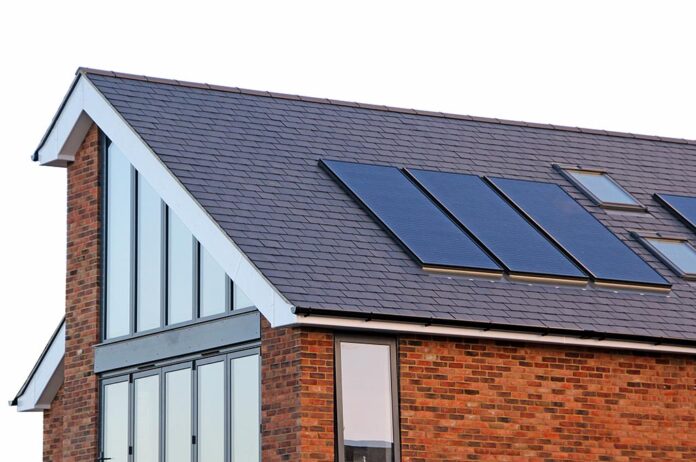Homeownership has a lot of benefits, including the potential to lower your tax bill. The tax code allows you to take advantage of deductions and credits that specifically benefit homeowners. You can work with a CPA or other qualified, licensed advisor to ensure these deductions and credits are properly applied and use them to your fullest benefit.
Credit vs. Deduction
Before you dive in and explore the potential tax savings available to you as a homeowner, it’s important to understand the difference between a tax credit and a tax deduction. Though both save you money at tax time, credits and deductions work differently to help keep money in your pocket.
Deductions are subtracted from your total income before your taxes are calculated, thereby reducing the amount of money you pay taxes on. In other words, deductions allow you to report a smaller income for the year, which lowers the amount you owe the IRS and your local tax agencies.
There are two ways to claim deductions. You can take the standard deduction, or you can itemize your deductions. You’ll have to check and see if itemizing deductions will save you more or less than taking the standard deduction, which is currently $12,400 for single filers and $24,800 for married couples filing jointly.
If you’re not sure which path is right for you, talk to your accountant or licensed financial advisor for guidance.
Credits, on the other hand, come in after your taxable income has been calculated and your preliminary tax total is added up. Ultimately, though, they function similarly to deductions in the sense that they reduce your tax bill.
If someone else prepares your taxes for you, don’t worry too much about understanding the difference between deductions and credits in great detail. Just make sure you’re working with a knowledgeable tax professional who can help you take advantage of each available opportunity.
Credits
Residential Energy Efficient Property Credit
Eco-friendly upgrades provide numerous benefits to your home, including lower energy costs, less maintenance and higher property values. On top of this, Uncle Sam is ready to reward you for going green. Making these eco-friendly investments in your home means you’ll save on energy bills and feel good about reducing your impact on the environment.
As an added bonus, you may also be able to take advantage of the Residential Energy Efficient Property Credit and recoup some of the costs of installing those green upgrades. Qualifying upgrades include:
- Solar panels or photovoltaic roofs
- Geothermal heat pumps
- Solar-powered water heaters
- Energy-efficient windows
- Small, residential wind turbines
Depending on when the upgrades were installed, homeowners can expect to receive a credit of approximately 23-30%. If you upgraded your home in or before 2019, you can take the full 30%, but this credit is set to decrease each year. Upgrades made in 2020 can net a credit of 26%, and improvements made in 2021 will be worth a 23% credit come tax season.
Mortgage Interest Credit
The Mortgage Interest Credit was created to help low- and middle-income earners afford homeownership by allowing them to take a credit for a portion of their mortgage interest. To claim this credit, a homeowner must have received a mortgage credit certificate from a local or state government agency. This certificate is applied for through your lender after a purchase contract is signed but before closing. In essence, this credit is designed to subsidize a taxpayer’s monthly mortgage payment, helping borrowers qualify for their loan in the buying process.
The amount of this tax credit is calculated based on your mortgage premium, interest rate and credit certificate percentage, with a maximum credit of $2,000 per year. Most filers tend to get back anywhere from 10% to 50% of the mortgage interest they paid during the year.
Note: Find ‘Part 2: Deductions’ in the May issue of Tigard Life, or read the entire article here.




















